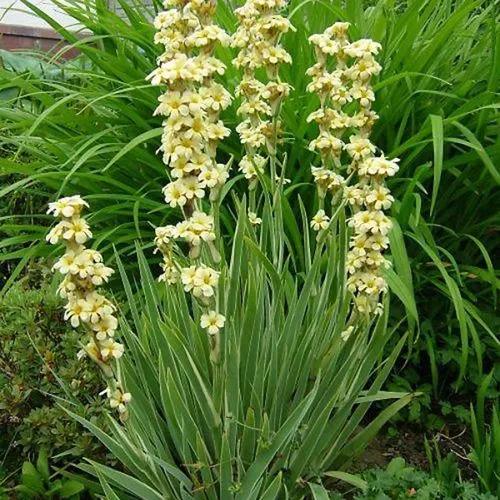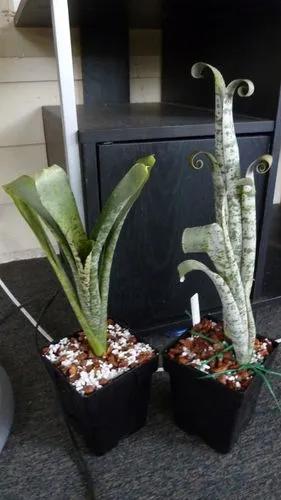Donkey Tail plant is adapted to living in arid regions. This succulent is a perennial producing trailing stems up to 60 cm long, with fleshy blue-green leaves and pink to red flowers that bloom in summer.
Donkey Tail Plant Care
Sedum Morganianum



Mostly, the Donkey Tail plant is attractive when young, but as it matures, it loses its leaves and is left with a naked stem. But Sedum morganianum preserves its leaves with adequate care, creating a pleasing appearance. This plant contains toxic substances, so keep it away from children and pets.
The Donkey Tail plant, like other members of its genus, can last approximately 6 months without water after "drinking" a lot of it after heavy rains. The plant was discovered in the dry parts of Mexico. Succulents thrive on steep rocky rocks in nature, anchoring their roots in fissures.
How to Care for the Plant

Water

After the top layer of the soil has dried out 1.5 cm deep in the summer, water moderately but regularly. The leaves wrinkle and fall off as a result of poor hydration. However, the plant is prone to overwatering.
Watering is limited to 1-2 times per month in the winter, just moisten the top layer of soil slightly during cold seasons. The branches will begin to grow and become leggy if the watering is increased, which will harm the appearance.

Pruning

If the beautiful appeal is lost due to extended branches or crumbling leaves, pruning is essential. Overgrown shoots are occasionally removed. You can use cut branches for rooting. Pruning isn't necessary, it is done mostly for aesthetic purposes.

Fertilizer

Fertilize only once a year with an annual transplant. They are fed two times in the summer with cactus or potash fertilizers if they are not transplanted.

Sunlight

The light-loving plant feels great on the southern and southeastern windows in direct sunlight. With a lack of lighting, the leaves fall off, the shoots stretch out and the succulent loses its decorativeness.

Soil

Use a cactus-specific potting mix or make your own substrate by mixing conventional garden soil with coarse river sand and expanded clay.

Propagation

Donkey Tail Plant rarely blooms, and therefore it is not necessary to rely on seed material. Propagate a perennial with cuttings and even discarded leaves. Like with most succulents, it is a quite simple process. Just put the cut part of the plant into the water, and plant it when the roots appear.

Temperature

In summer, the temperature is 68-82°F (20-28°C). In winter, the optimum temperature is around 65-75°F (18-24°C). This species does not tolerate cold. The temperature should not drop below 55°F (13°C).

Container

A small pot with a diameter of 10-12 cm is sufficient for young specimens. For transplantation, shallow and wide pots of sufficient size are chosen. There should be around 1.5 inch (4 cm) of space between the walls of the container and the plant. If the pot is too deep, add a thicker drainage layer.

Fun fact

Because of its appearance, the succulent has received many common names. And in all of them, the word "tail" occurs. It is called horse, donkey, burro (also "donkey", but in Spanish); monkey, and lamb tail.
The association with the tail is caused by long, hanging stems of the plant, “braided” with leaves.

Popularity

21,324 people already have this plant 5,296 people have added this plant to their wishlists
Discover more plants with the list below
Popular articles





